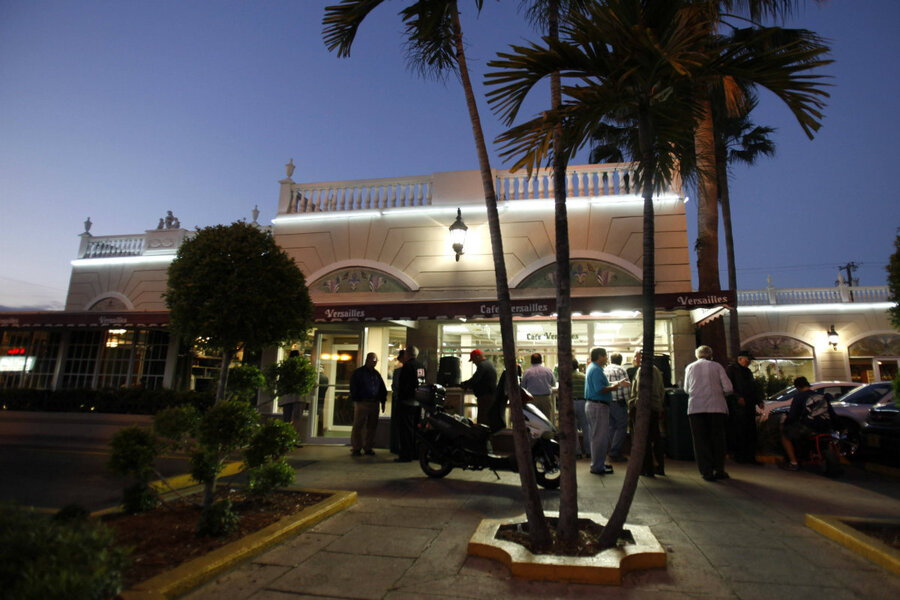Why Little Havana was just declared a 'national treasure'
Loading...
A haven for Cuban Americans, Little Havana, one of Miami’s most historic neighborhood, is now a "national treasure."
The National Trust for Historic Preservation on Friday added the immigrant community to its list, one of 78 sites to be awarded the designation, honoring the Miami neighborhood's inclusiveness and significant role in the national story while launching a long-term campaign to preserve its heritage.
“Little Havana is a symbol of the immigrant experience in America and a thriving, entirely unique place that thousands of people currently call home,” said Stephanie Meeks, president and CEO of the National Trust for Historic Preservation, in the announcement.
"This historic designation enshrines the diverse culture and history of Little Havana," Miami Mayor Tomas Regalado told CNN. "This national recognition confirms the neighborhood's cultural significance in the immigrant experience."
The neighborhood, created as an enclave for Cuban refugees fleeing their homeland after the 1959 revolution, is also home to a growing number of immigrants from throughout Central America and the Caribbean and is the second-most popular tourism destination in Miami.
Even decades later, it remains the epicenter of the Cuban heritage. Cigars, Cuban music, café con leche, and Cuban salsa clubs abound around the blocks, and when former Cuban leader Fidel Castro died last November, Little Havana saw Cuban exiles dance joyfully in its streets.
For years, politicians from both sides of the aisle have traveled to Little Havana to condemn the Cuban government and try to secure the Cuban-American vote.
“Paying homage to Miami's Cuban-Americans – and knocking back Cuban coffee at Café Versailles in the heart of the city's Little Havana neighborhood – is a staple of any political campaign in south Florida,” noted The Christian Science Monitor’s Linda Feldmann in 2008.
But as developers transform downtown Miami, Little Havana also faces pressure to evict its current residents and demolish its diverse historic buildings, including Mediterranean-style bungalows, courtyard apartments, and mom-and-pop corner stores. The National Trust said these threats could lead to loss of its “affordability, cultural richness, and character.” With these concerns in mind, the organization also listed Little Havana as one of its 11 most endangered historic places in 2015.
“The National Trust welcomes the urban resurgence that is breathing new life into cities across the country, but we also believe that growth should not come at the expense of the vibrant historic neighborhoods like Little Havana that make cities unique and desirable places,” Ms. Meeks said. “As we work to preserve and celebrate Little Havana, we want to make sure it remains a healthy, vital, and affordable urban neighborhood.”
With the declaration and input from local community partners, the private nonprofit organization is launching a long-term planning process to find ways to preserve the neighborhood's historic architecture and its character.
"As Miami continues to evolve, preservation will be essential in maintaining Miami's unique urban neighborhoods," Christine Rupp, director at Miami-Dade County Heritage Trust, told AFP. "Our long-term goal is to protect specific historic properties that tell the story of Little Havana and assist with the restoration of those historic buildings."






